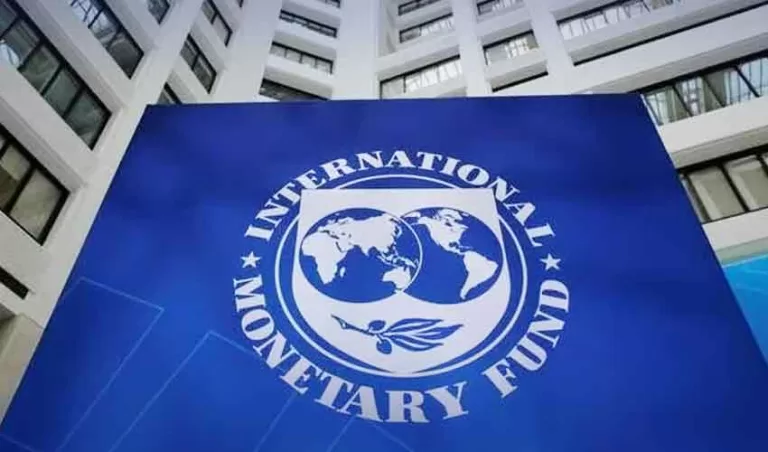
CARDIFF, UNITED KINGDOM - OCTOBER 12: A general view of a Home Office visa and immigration centre on October 12, 2019 in Cardiff, United Kingdom. (Photo by Matthew Horwood/Getty Images)
The United Kingdom has received 22,619 asylum applications from Nigerian nationals between 2010 and 2024, according to newly released data from the UK Home Office.
This figure places Nigeria 11th among all countries of origin for asylum seekers during the 14-year period. Nigerians accounted for roughly one in every 30 asylum applications made in the UK, highlighting a sustained, though modest, migration trend.
However, the most notable shift came in 2024, when Nigerian asylum claims nearly doubled—rising from 1,462 in 2023 to 2,841. This sharp increase mirrors a broader surge in asylum requests across the UK, which recorded 108,138 total applications in 2024—a staggering 378 percent jump compared to 2010.
The majority of applicants in 2024 were first-time claimants, predominantly from South Asia and the Middle East. Iran led the asylum statistics with 75,737 claims since 2010, driven by what British authorities describe as “intensified persecution of dissidents” by Tehran. Pakistan followed with 57,621 claims, 10,542 of which came in 2024 alone—a spike attributed to post-election instability, economic distress, and a rise in blasphemy-related prosecutions.
Afghanistan ranked third, with 54,363 claims, including 8,508 in 2024. The increase is linked to the prolonged aftermath of the Taliban’s return to power in 2022.
Other countries with high asylum claim volumes include Albania (50,944), Iraq (45,711), Eritrea (37,687), Syria (34,997), Bangladesh (31,744), Sudan (30,897), and India (30,179).
Nigeria ranked just above Sri Lanka (22,059), and ahead of nations such as Vietnam, China, and Turkey. By contrast, countries like Brazil, Kuwait, Yemen, Colombia, and Jordan each recorded fewer than 6,500 claims over the same period.
The Home Office data, published in its year-end Asylum and Resettlement report, provides a granular view of evolving global migration pressures—and underscores how conflicts, political crises, and economic instability continue to reshape asylum trends in Europe’s key destinations.





